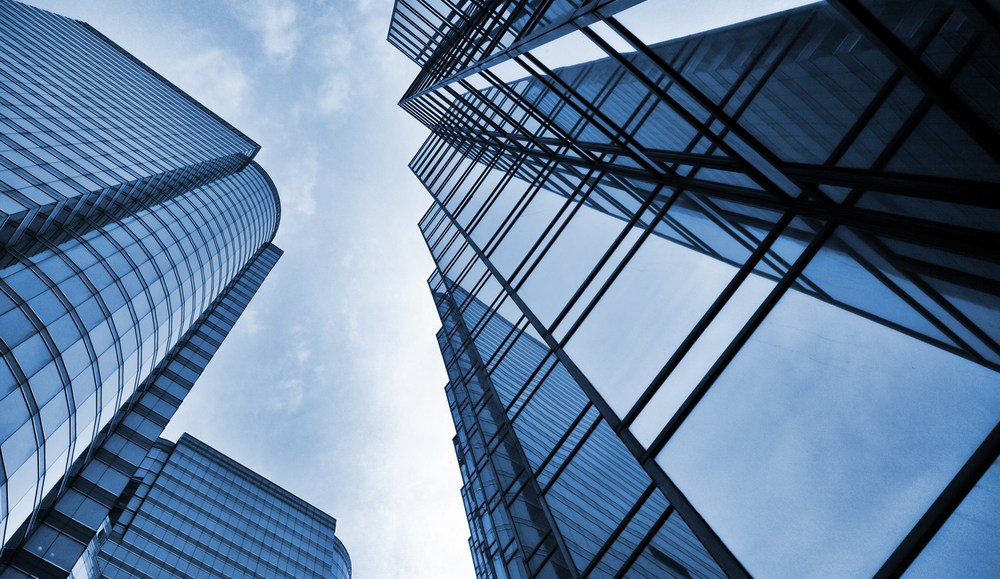Save 50% on a 3-month Digiday+ membership. Ends Dec 5.

From stalwarts like The Atlantic to upstarts like BuzzFeed, native ads are hot with content publishers. Instead of annoying readers with ads that interrupt the experience, publishers are turning to branded content to supplement or, in some rare cases, replace standard display ads. But there’s one significant hitch: native ad products, by definition, can’t scale the way the dominant banner can.
Banner ads, we know, get little love from publishers and advertisers, yet they’re still an $11 billion dollar business, according to the Interactive Advertising Bureau, precisely because every publisher adheres to industry standards. Native ads and custom products and services don’t. That is the difference between a scaled media business and a niche one.
“Scale is necessary because markets made up solely of custom providers are craft markets; their products are expensive, and the complexities of handling multiple custom products mean that additional costs are passed up and down the supply chain,” said Randall Rothenberg, the president and CEO of the IAB.
Publishers enthralled by custom content are banking on what is arguably the new trend of “brands as publishers.” Since brands are not built to create content, let alone distribute it, publishers can charge more than banner ads to present the content to their readers. Additionally, these types of ads will significantly reduce the clutter that infests many publishers’ sites, and they will create opportunities for brands to present their own content and establish stronger connections among reader, brand and outlet.
And let’s not get confused with the new media companies like Twitter and Facebook and Tumblr that are each rolling out their own native ad products and setting the stage for these units to be part of programmatic buying. We’re talking about content publishers who are attracted to branded content that fits easily — in look and in feel — with the publication’s content.
“Native ads can scale if marketers think of themselves as storytellers and if publishing partners can earn their trust with quality execution,” said Jay Lauf, group publisher of The Atlantic Media Company. “It centers around recognition of the assets you have to tell your stories as well as flexibility in how they are used on the marketing side and trust on the publishing side. Most brands on either side of the equation are not there yet, but I think we’re heading in that direction.”
In theory, it sounds like a great idea. But in reality, it adds strain to clients and agencies since, unlike the banner, there’s no one-size-fits-all approach: each ad has to be customized to fit the parameters of a particular publication. Naturally, some publishers, particularly those whose business model is based on the eschewing of banners, disagree.
Ad position: web_incontent_pos1
“I think the whole scale thing is a red herring,” said Jon Steinberg, president of BuzzFeed. “The focal point of where everyone objects changes. Scale is the last remaining value to the banner. That’s all they have, so people have to lean on it. I can’t think of anything else where the attribute is scale.”
Steinberg brings up Facebook as a way to get native ads to scale. BuzzFeed buys open-graph sponsored stories on behalf of its brand clients. The way it works is if a BuzzFeed visitor likes a piece of branded content, the publication can buy sponsored stories to show it to more than the just the friends Edge Rank allows for.
“We also buy sponsored stories or marketplace ads against branded content and optimize based on how much it’s being shared,” Steinberg said.
Opponents of native ads point to higher production costs as another reason why native ads won’t work. Creating content — visually appealing content — is expensive, unlike the staid banner. But as Rick Webb, marketing and revenue for Tumblr, a social platform that’s banking on native ads as a main source of revenue, noted in a previous interview, “Anyone who’s ever seen a banner-buy planning sheet knows how miserable production is now. I don’t think the production costs will really explode.”
For certain publishers, like BuzzFeed, Forbes, The Atlantic and Funny or Die, production costs are non-starters as they’re the ones carrying the load through their creative service teams. The advantage of this is that the content that is created is better than the banner ad, and since the content sits on the site as another piece of content, it is shareable, something that is foreign to banners.
Ad position: web_incontent_pos2
“You can get a lot of scale with products that are not good,” said Steinberg.
The fact of the matter is the customizable content publishers are preaching isn’t new. There’s always been “native” and high-touch ads, which, incidentally have always been supplemented with reach media, a la banners.
“This isn’t to say there isn’t a place for native ad units,” Rothenberg said. “There is. Most successful marketing campaigns are combinations of scale efforts with custom executions that are unique and can’t be replicated elsewhere. But the foundation will always be scale. It’s the most efficient way to get to the largest market.”
More in Media

What publishers are wishing for this holiday season: End AI scraping and determine AI-powered audience value
Publishers want a fair, structured, regulated AI environment and they also want to define what the next decade of audience metrics looks like.

Digiday+ Research Subscription Index 2025: Subscription strategies from Bloomberg, The New York Times, Vox and others
Digiday’s third annual Subscription Index examines and measures publishers’ subscription strategies to identify common approaches and key tactics among Bloomberg, The New York Times, Vox and others.

From lawsuits to lobbying: How publishers are fighting AI
We may be closing out 2025, but publishers aren’t retreating from the battle of AI search — some are escalating it, and they expect the fight to stretch deep into 2026.
Ad position: web_bfu
